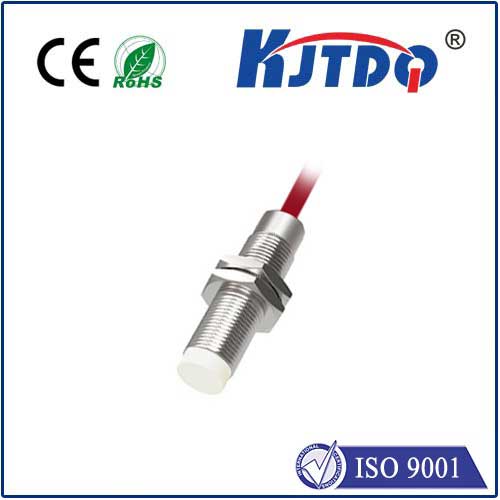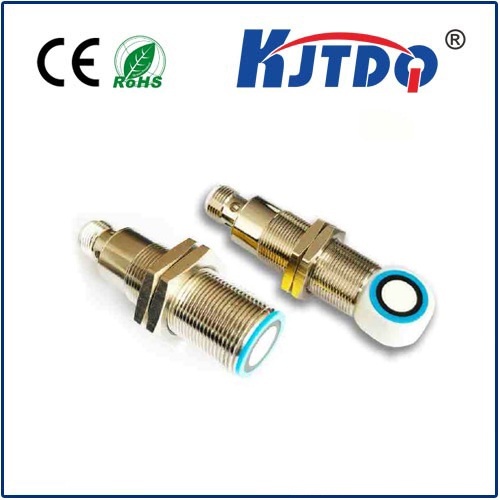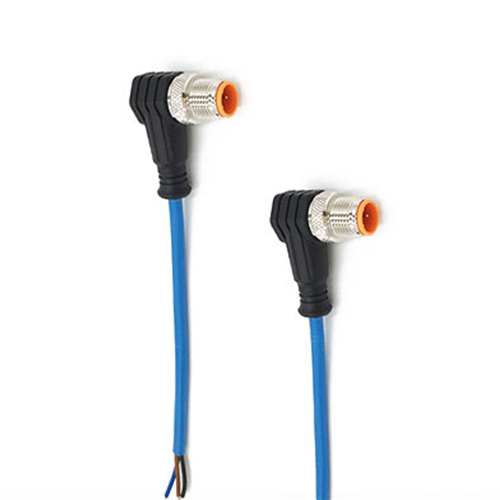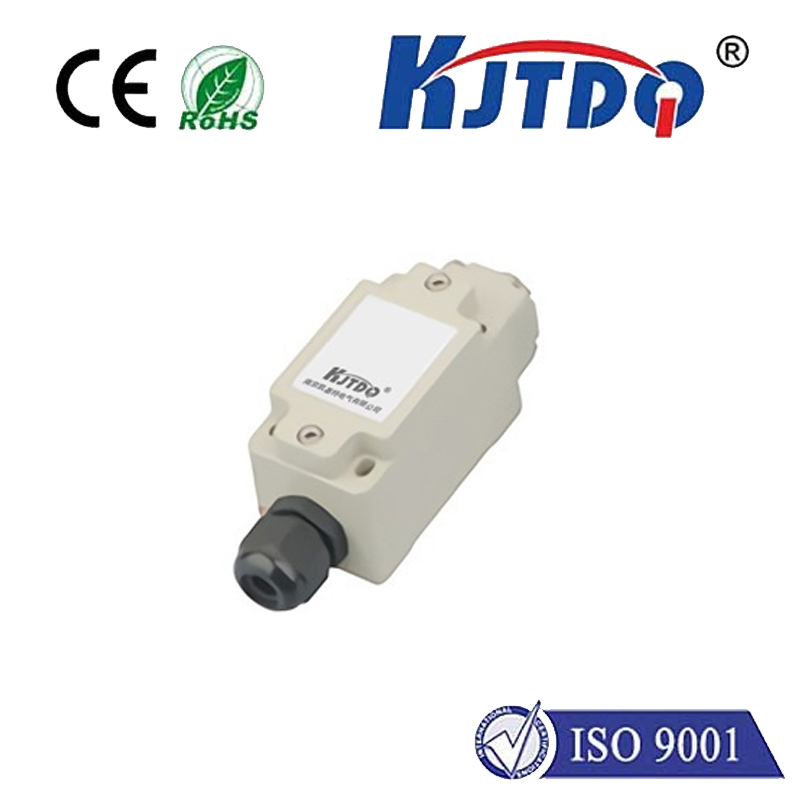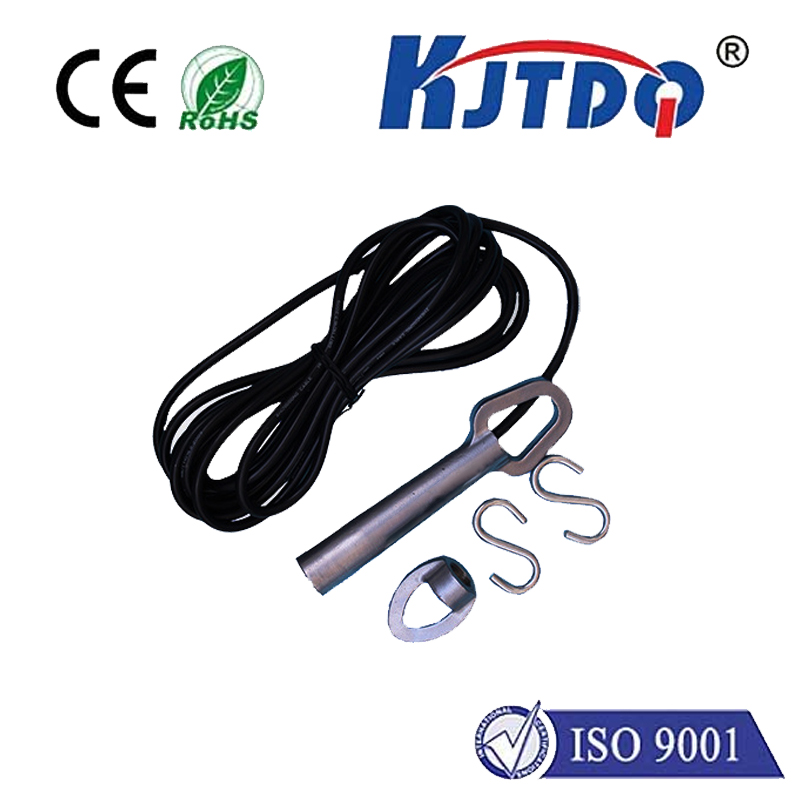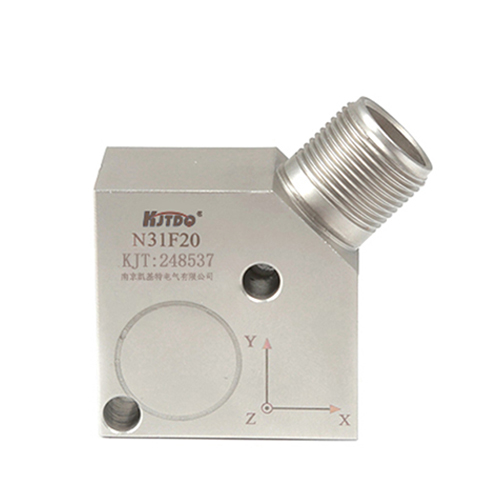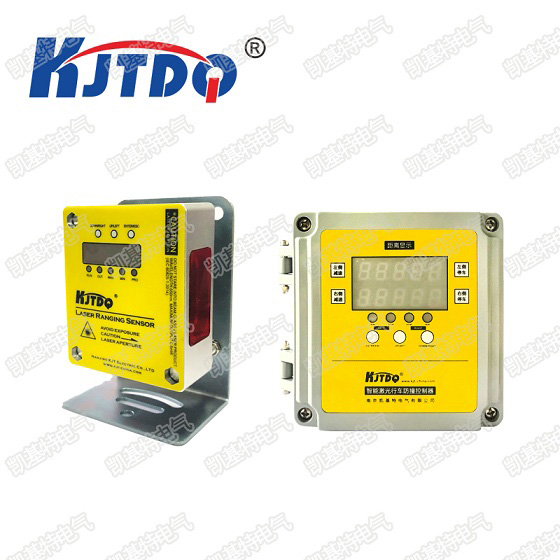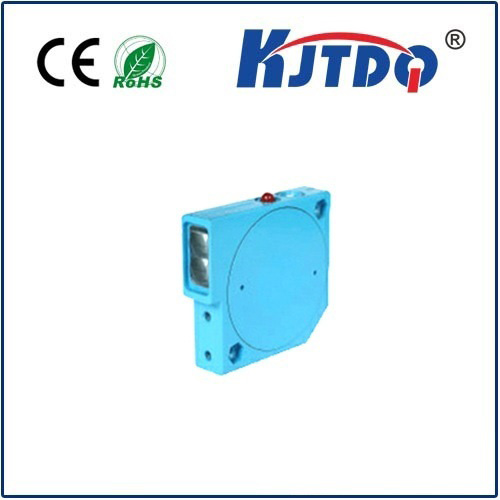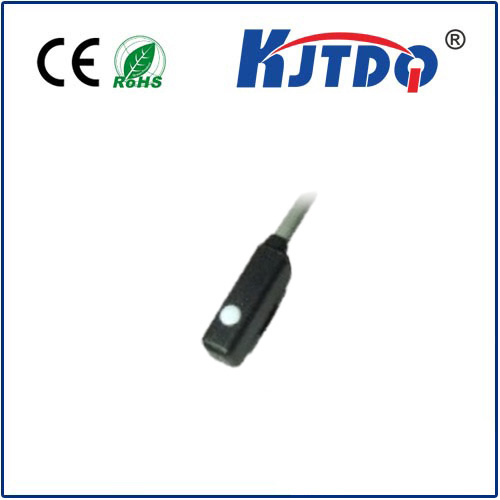temperature type
- time:2025-08-25 02:05:11
- Нажмите:0
Temperature Type: Demystifying How We Measure Heat and Cold
Title: Beyond Hot and Cold: Understanding Temperature Types, Scales, and Measurement
When you touch a piece of metal versus a block of wood both left in the same room, why does one feel colder? Our subjective experience of temperature is influenced by material properties, yet the underlying objective measurement relies on precise scientific principles and diverse temperature types. Understanding how we categorize, measure, and apply temperature knowledge is fundamental across countless fields, from baking bread to exploring deep space. This article dives into the essential concepts surrounding temperature measurement, exploring the scales we use, the technologies that sense it, and the critical importance of context – the Тип of temperature information needed.
The Foundation: Defining Temperature Scales
At its core, temperature quantifies the average kinetic energy of particles in a substance – essentially, how fast its atoms or molecules are moving. To create a universal language for this energy state, we use standardized temperature scales. The most prevalent globally are:

- Celsius (°C): Centered around water’s phase changes. Zero °C marks water’s freezing point at standard atmospheric pressure, while 100 °C marks its boiling point. Its practical connection to water makes it widely used in science, daily life, and most countries worldwide.
- Fahrenheit (°F): Predominantly used in the United States for non-scientific applications like weather reporting and cooking. On this scale, water freezes at 32°F and boils at 212°F. The scale offers finer gradations for typical human-experienced weather ranges compared to Celsius.
- Kelvin (K): The absolute temperature scale and the SI base unit for temperature. Crucially, zero Kelvin (0 K) represents absolute zero – the theoretical point where all molecular motion ceases. The Kelvin scale uses the same degree increment as Celsius (a change of 1 K equals a change of 1°C), but its zero point is shifted to absolute zero (-273.15°C). Kelvin is indispensable in physics, chemistry, astronomy, and engineering, especially when dealing with thermodynamics, gas laws, and phenomena like superconductivity.
Understanding the scale is the first step in defining the “type” of temperature value being communicated. Stating “100” is meaningless without the suffix (°C, °F, K).
Sensing the Heat: Types of Temperature Sensors
Converting the physical phenomenon of temperature into a quantifiable signal requires specialized instruments – Датчик температуры. The choice of sensor depends heavily on the required range, accuracy, response time, environment, and cost. Key sensor types include:
- Thermocouples: Perhaps the most versatile and rugged type. They work on the principle that joining two dissimilar metals creates a voltage proportional to the temperature difference between the junction (measuring point) and the reference point (often cold junction compensated electronically). They cover extremely wide ranges (from cryogenic to over 2000°C), are relatively inexpensive, and respond quickly. Common types are Type K (Chromel-Alumel) and Type J (Iron-Constantan).
- Resistance Temperature Detectors (RTDs): These sensors exploit the predictable change in electrical resistance of pure metals (like platinum, nickel, or copper) with temperature. Platinum RTDs (Pt100, Pt1000) are renowned for their high accuracy and stability over a wide range (typically -200°C to 600°C, with some specialized types going higher). They are more linear than thermocouples but generally slower and more expensive.
- Thermistors: These are temperature-sensitive resistors made from ceramic or polymer materials. They exhibit a large, predictable, and non-linear change in resistance with temperature. Negative Temperature Coefficient (NTC) thermistors see resistance decrease as temperature increases, making them highly sensitive for precise measurements within a narrower range (generally -55°C to 150°C). Their sensitivity makes them ideal for applications like digital thermometers, automotive coolant monitoring, and medical devices.
- Infrared (IR) Thermometers / Pyrometers: These non-contact sensors detect the infrared radiation emitted by an object. The amount and wavelength of this radiation correlate directly with the object’s surface temperature. They are crucial for measuring moving objects (conveyor belts), very hot or hazardous surfaces (furnaces), or objects where contact would be impractical or contaminate (food surfaces, electronic circuits). Accuracy can be affected by emissivity (the object’s ability to emit IR) and environmental factors like dust or steam.
- Bimetallic Strips: A simple mechanical sensor where two metals with different thermal expansion coefficients are bonded together. As temperature changes, the strip bends. This movement can directly drive a dial (common in oven and car engine gauges) or activate a switch (thermostats). Valued for simplicity and reliability, but generally less precise.
- Liquid-in-Glass Thermometers: The classic design, relying on the expansion of a liquid (mercury or alcohol) in a sealed glass tube against a calibrated scale. While less common now due to safety concerns (mercury) and digital alternatives, they remain a familiar sight in some medical and household contexts.
Context is Key: What “Temperature Type” Actually Means
The phrase “temperature type” often points beyond the mere value on a scale. It frequently refers to the context or purpose of the measurement:
- Ambient Temperature: The temperature of the surrounding air or environment.
- Surface Temperature: The temperature measured directly on the surface of an object (often requiring non-contact methods).
- Core / Internal Temperature: The temperature measured within the center of an object or substance – critical for cooking safety (meat), industrial processes (material curing), and biological monitoring (body core temperature).
- Process Temperature: The specific temperature value required or monitored within an industrial or manufacturing operation.
- Body Temperature: A highly specific measurement crucial for human and animal health (typically core temperature).
- Material Transition Temperatures: Temperatures where a material significantly changes state or properties (e.g., melting point, glass transition temperature, Curie point). Knowing these specific types is vital for material science and engineering.
Choosing the Right Type for the Job
Selecting the appropriate temperature scale and Тип датчика is paramount. Consider:
- Range: What temperatures need to be measured? (e.g., cryogenic, high-heat furnace)
- Accuracy: How precise does the measurement need to be? (e.g., scientific research vs. room thermostat)
- Environment: Is it corrosive, wet, under high pressure, in a vacuum, subject to vibration? (Requiring rugged sensors like thermocouples or specialized enclosures)
- Response Time: How quickly must the sensor react to temperature changes? (Thermocouples are fast, RTDs slower).
- Contact vs. Non-Contact: Can the sensor touch the object? (Required for core/internal temp; undesirable for hot/moving surfaces).
- Output: What signal is needed? (Simple readout, digital communication like I²C/SPI, analog voltage/resistance for control systems).
- Cost and Longevity: Balancing budget requirements with performance and lifespan.
From ensuring medication remains viable within strict temperature ranges during transport (ambient temperature monitoring) to verifying the core temperature of an industrial furnace melt is precisely controlled for alloy formation (process temperature control using thermocouples), understanding the nuances of temperature measurement – the scales, the sensor technologies, and the specific Тип of temperature being referenced – is foundational to modern technology, health, safety, and scientific advancement. It’s the invisible language spoken by countless systems that shape our world.

